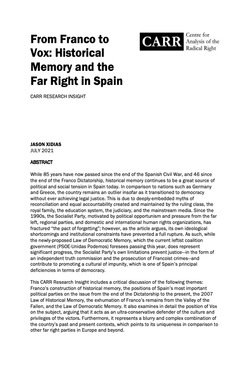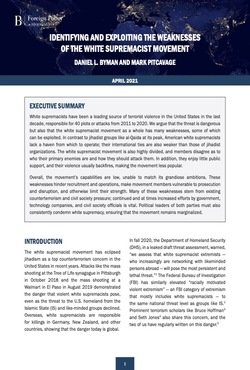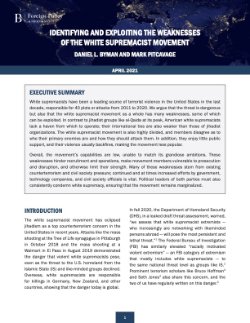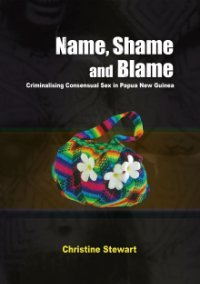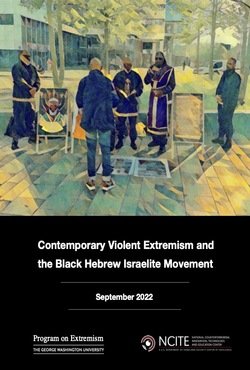Edited by Marco Castrignanò, Carolina Mudan Marelli and Teresa Carlone
Analyzing with an ethnographic approach The Wire, one of the most important TV series on American ghettos, to understand and question the sociological perspective that emerges from the series, positioning it into the broader scientific debate. This is, in a nutshell, the work presented in the book It's all in the Game, the outcome of a laboratorial research activity carried out in 2020 by students and teachers of the Sociology of Communities and Urban Neighborhoods class, at the University of Bologna. The text is structured into four chapters, resulting from the four topics used to analysis the TV series: forms of social capital, the relationship between structural forces- culture of poverty and individual agency, neighborhood effects mechanism and the relationship between statistics and political action. Four subjects that are the core of many neighborhood- studies related researches and on which the TV series makes a clear stand. We analyzed those topics through a critical perspective, not considering them as a truth about ghettos, but as a very precise way of thinking about life in the American suburbs.
Milan: FrancoAngeli, 2022. 158p.





